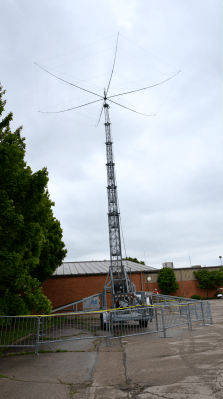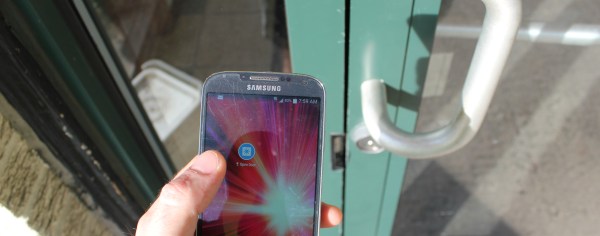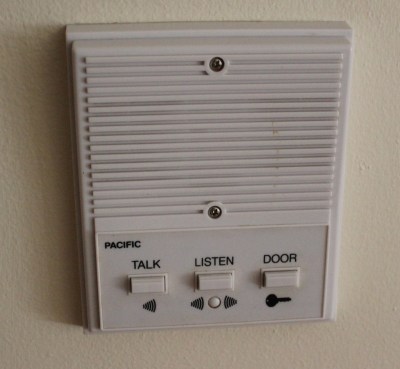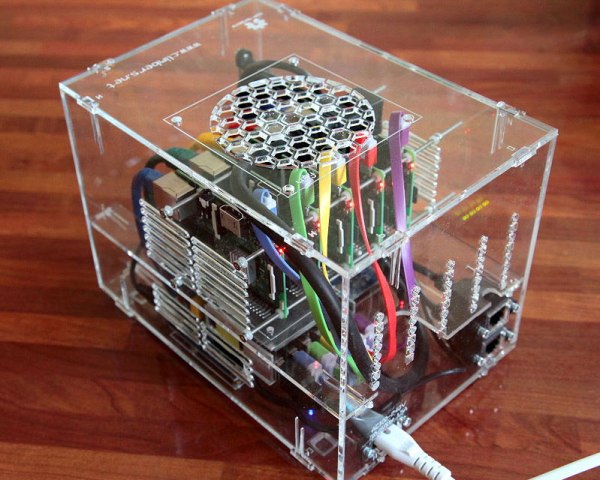Crystal radios are old news, but great fun. What would happen if a PhD designed a crystal set? By PhD we mean Pizza Hut Deliveryperson and [John Greenlee] (who may not actually be a PhD of either kind; we don’t know) gives us a good idea with his crystal radio in a pizza box.
Pizza boxes aren’t the only food-related material in this radio. [John] makes a tuning capacitor out of cake rounds. Coincidentally, he decorates the tuning capacitor to look like a pizza.
The schematic itself is unremarkable–just a common crystal set. But the construction of the chassis and the capacitor make it an interesting project. If you know a young person that has any interest in radio, a crystal receiver is a rite of passage you shouldn’t deny them and this one is certainly a novelty. The picture of a pizza takes it even one step further than this YouTube build, which is nonetheless a good resource.
The instructions are well done, although some of the parts may be slightly hard to find. Germanium diodes and high-Z earphones are not as plentiful as they used to be, although you can still find them if you look.
This pizza box rig could be a gateway drug to more serious crystal radios. Or you could go smaller and try building one in a match box.

























